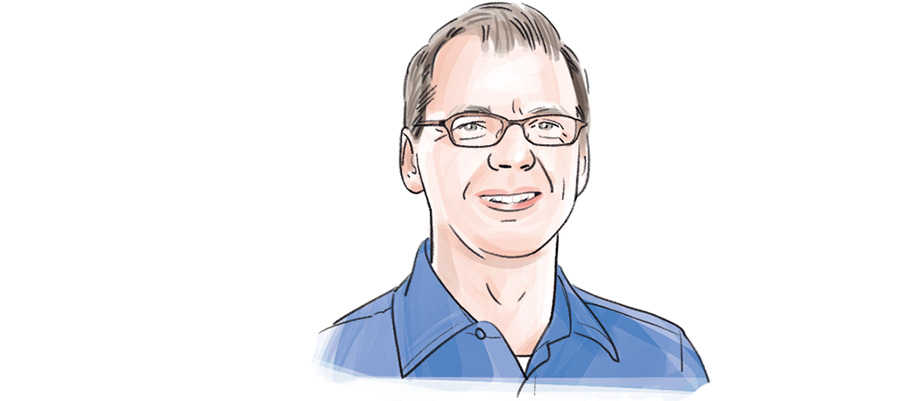Editorial
Water gives life, but it also destroys.

3 QUESTIONS FOR
We combine chemistry, microbiology, and process engineering. It’s without parallel in Germany. At the end of the program, graduates can help to optimally use and protect water as a precious resource.
We’ve had about 60 to 100 students begin this bachelor degree program every year since it was launched. We’ve obviously struck a chord with our interdisciplinary approach and the program’s strong environmental component.
They can do this by inspecting the hygienic and chemical quality of drinking water in developing countries, for example, and by making sure it meets the requisite standards. Such expertise is also important in western Europe, because we can’t be sure that climate change will leave us with sufficient amounts of clean drinking water in the future.
is a professor at the University of Duisburg-Essen and Director of the Center for Water and Environmental Research.
percent of the freshwater consumed worldwide is needed for agriculture. Industry consumes 19 percent and 12 percent is used by communities and private households